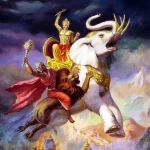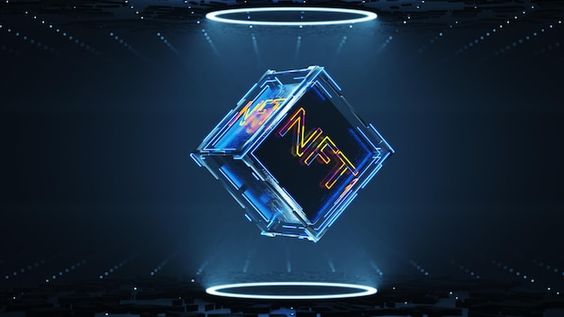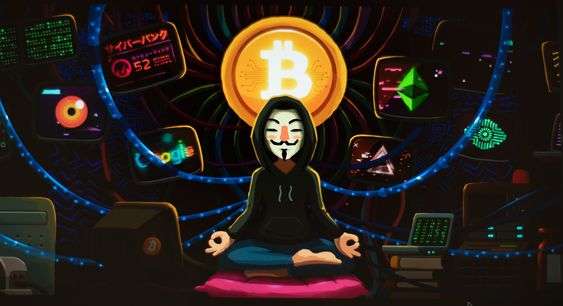Demystifying NFTs: What You Need to Know in Simple and Readable Language
Introduction: If you’ve been following the digital world, you may have come across the term “NFT” and wondered what it’s all about. In this article, we’ll break down the concept of NFTs in simple terms, making it easy for anyone to understand. So, let’s dive into the fascinating world of NFTs and explore their significance.
What is an NFT? NFT stands for Non-Fungible Token. Simply put, it’s a digital certificate that proves the uniqueness and ownership of a specific digital asset. This asset can be anything from artwork, music, videos, collectibles, or even virtual real estate. NFTs are like digital passports that distinguish one item from another.
Uniqueness and Ownership: Unlike traditional digital files that can be copied and shared endlessly, NFTs are unique and cannot be replicated. Each NFT has its own distinct value and identity. It’s similar to owning an original piece of artwork or a rare collectible, but in the digital realm.
Blockchain Technology: NFTs are powered by blockchain technology, which is a decentralized digital ledger. This technology ensures that the records of ownership and transactions associated with NFTs are secure and transparent. Blockchain provides a tamper-proof and verifiable system, making NFTs trustworthy and authentic.
Creating and Purchasing NFTs: To create an NFT, artists and creators can use specialized platforms called NFT marketplaces. These platforms allow creators to “mint” their digital assets, turning them into NFTs. Once minted, NFTs can be bought, sold, and traded on these marketplaces using cryptocurrencies like Ethereum.
Value and Monetization: The value of an NFT is determined by various factors such as rarity, demand, and the reputation of the creator. Collectors and enthusiasts are willing to pay significant amounts for owning unique digital assets or supporting their favorite artists. NFTs have provided a new way for artists to monetize their work directly and receive royalties from subsequent sales.
Digital Ownership and Copyright: NFTs enable creators to establish and maintain ownership of their digital assets. Even though the digital files themselves can be freely accessed or copied, the ownership and authenticity reside with the NFT holder. This provides creators with a means to protect their intellectual property rights and control how their work is used.
Critiques and Environmental Impact: It’s important to note that NFTs have faced criticism for their environmental impact. The blockchain networks used for NFT transactions consume a significant amount of energy. However, efforts are being made to develop more sustainable alternatives that minimize this impact.
Conclusion: NFTs have brought a new dimension to the digital world, revolutionizing the way we perceive and trade digital assets. They provide a secure and transparent system for proving ownership and uniqueness. Whether you’re an artist, collector, or enthusiast, understanding NFTs opens up a world of possibilities and opportunities. As the NFT ecosystem continues to evolve, we can expect even more exciting developments in the future.









